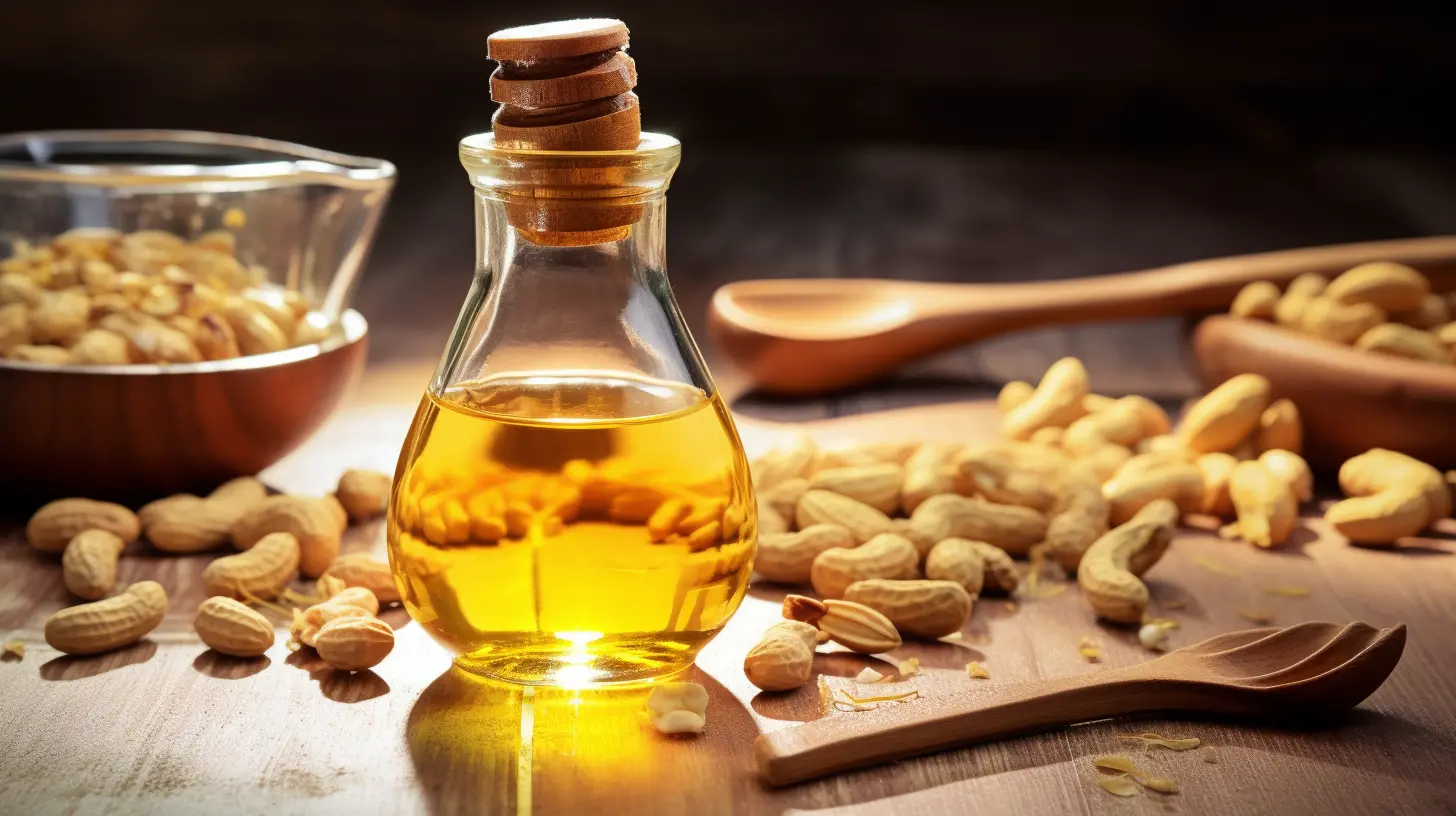
Have you ever wondered how high-quality peanut oil is produced? Today, we'll take you on an exciting adventure to uncover the secrets behind the creation of this golden liquid!
It all starts with the humble peanut. Once the peanuts are harvested, they are first sent to the shelling area. The shelling machines work their magic, separating the peanuts from their shells. This step is crucial as it ensures that only the clean and intact peanuts move on to the next stage. On average, about 80% of the peanuts can be successfully shelled, leaving behind high - quality kernels ready for further processing.
There are two primary methods for extracting peanut oil: hot pressing and cold pressing, each with its own unique characteristics.
| Process | Oil Yield | Product Characteristics | Cake Usage |
|---|---|---|---|
| Hot Pressing | High, up to 45% - 50% | Rich in flavor, darker in color | Can be used as animal feed or fertilizer |
| Cold Pressing | Lower, around 35% - 40% | Lighter in color and flavor, retains more nutrients | Often used in high - end animal feed |
Before the pressing process, the peanuts need to be thoroughly cleaned. Specialized cleaning machines come into play here. These machines can remove dust, dirt, and other impurities from the peanuts. By using advanced cleaning technology, we can ensure that the peanuts are as clean as possible, which is essential for producing high - quality peanut oil.
For those who love the rich aroma of peanut oil, the baking step is crucial. The baking temperature has a significant impact on the flavor of the oil. When the peanuts are baked at around 150 - 180°C for about 20 - 30 minutes, they release a wonderful nutty aroma. This aroma is then carried over into the oil, giving it that irresistible flavor that we all love.

The crushing step is another key factor in improving the oil yield. By crushing the peanuts into smaller pieces, the oil - containing cells are broken, making it easier for the oil to be extracted. Studies have shown that proper crushing can increase the oil yield by about 5% - 10%.
During the oil - pressing process, precise parameters such as pressure and temperature need to be controlled. For hot pressing, the temperature is usually maintained at around 120 - 130°C, while for cold pressing, it is kept below 60°C. After the oil is extracted, the remaining oil cake also has its uses. As mentioned before, it can be used as animal feed or fertilizer, making the whole production process more sustainable.
We understand that you may have some questions about peanut oil production. Here are some common ones:
Q: Which is better, hot - pressed or cold - pressed peanut oil?
It depends on your personal preference. If you like a stronger flavor, hot - pressed oil is a good choice. If you want to retain more nutrients, cold - pressed oil is recommended.
Q: Is the oil cake really useful?
Yes! The oil cake is rich in protein and other nutrients, making it a valuable resource for animal feed and fertilizer.
We are committed to using sophisticated processes to create high - quality peanut oil for you. Our strict quality control and professional pursuit ensure that every drop of our peanut oil meets the highest standards.
Are you ready to experience the difference of our high - quality peanut oil? Contact us now to start your journey with the finest peanut oil!

